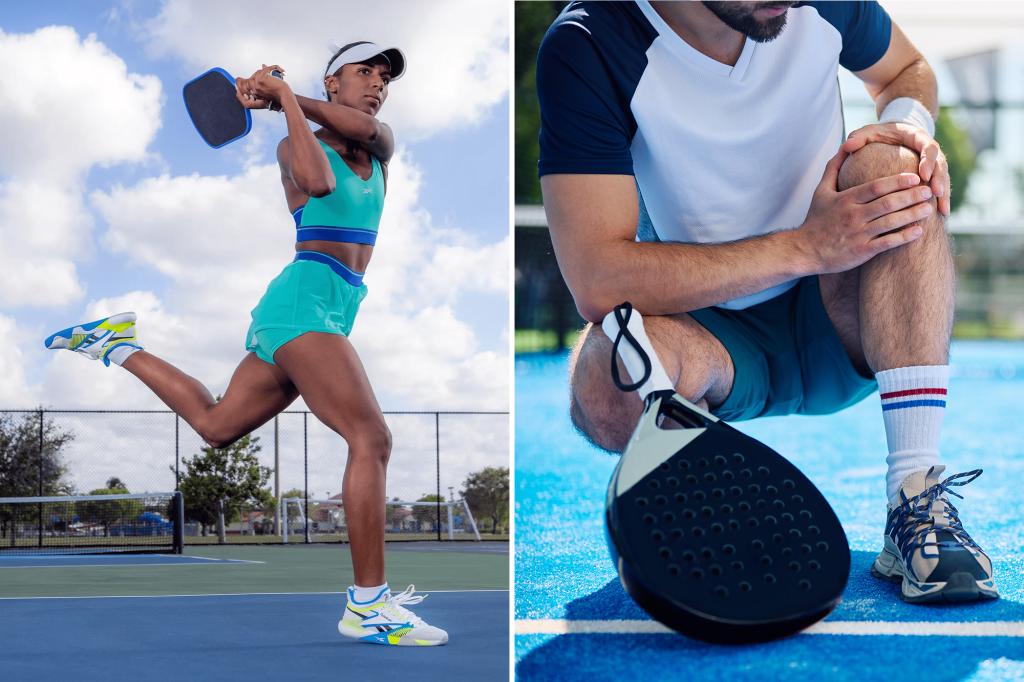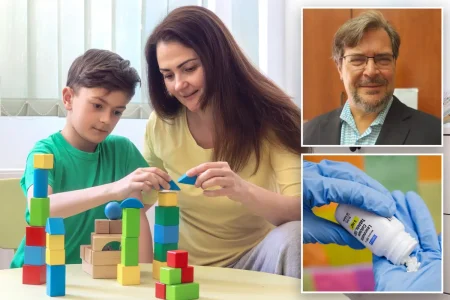The Pickleball Epidemic: America’s Fastest Growing Sport Brings a Wave of Injuries
In the heart of America’s newest sports obsession, pickleball has emerged as both a beloved pastime and an unexpected health hazard. With participation numbers skyrocketing to 19.8 million players in 2024—a staggering 311% increase since 2021 according to the Sports and Fitness Industry Association—medical professionals are witnessing a parallel surge in related injuries. Dr. James Gladstone, chief of sports medicine at NYC’s Mount Sinai Health System and an orthopedic consultant for the US Open, confirms the trend: “Across the board, there’s an uptick.” The pickleball phenomenon has created a perfect storm for injuries, drawing in enthusiastic retirees who play for hours daily alongside weekend warriors who rush onto courts without proper preparation. The resulting medical complaints span from Achilles ruptures and torn menisci to fractured wrists and various shoulder ailments, typically stemming from falls or simple overuse as players become consumed by their newfound passion.
The intensity with which people approach pickleball reflects their approach to life itself—with unbridled enthusiasm that often exceeds physical limitations. Dr. Gladstone references recent medical literature, including a study published in the Orthopedic Journal of Sports Medicine that documented a 41% increase in pickleball-related injuries between 2020 and 2021 alone. In Beverly Hills, orthopedic surgeon Dr. Timothy Charlton of Cedars-Sinai has become so familiar with pickleball injuries that he can practically diagnose them sight unseen, quipping, “If a 65-year-old woman comes in with an acute pickleball injury, it’s an Achilles rupture until proven otherwise.” The doctor describes pickleball’s addictive quality with brutal honesty: “Pickleball is a drug. Bone will be sticking out of the skin and the person who had the accident will be like, ‘Hey, doc, how long is this going to take to heal… how [long until I] can get back on the court?'” This obsessive dedication to returning to play often overrides common sense and proper recovery protocols.
Perhaps more surprising than the physical injuries themselves is how fashion consciousness on the courts compounds medical risks. Dr. Michael Dakkak, an orthopedic surgeon at the Cleveland Clinic’s Palm Beach facility, recounts treating a patient whose prioritization of color-coordinated paddles and shoes over proper footwear function resulted in a painful knee arthritis flare-up following an intensive tournament weekend. Dr. Charlton shares an equally remarkable story of a patient recovering from an Achilles tear who rejected the standard Velcro walking boot in favor of YSL designer wedge heels worth approximately $3,000. While these luxury shoes inadvertently mimicked the biomechanics of a medical boot, Charlton wryly notes, “I can’t recommend them because not everyone has three grand to shell out.” These anecdotes illustrate how the social and aesthetic dimensions of pickleball culture sometimes override practical health considerations.
Fortunately, medical experts agree that many pickleball injuries can be prevented through straightforward precautions that don’t require sacrificing enjoyment of the game. Dr. Gladstone recommends a basic maintenance program incorporating stretching, strength training, and cardiovascular exercise to build overall fitness and resilience. Dr. Dakkak emphasizes the importance of proper footwear, insisting that players wear specialized court shoes designed for lateral movements rather than running shoes, regardless of how fashionable the latter might be. Dr. Charlton focuses on technique, advising players to maintain a low stance and use shuffling movements rather than backpedaling—a dangerous habit that has sidelined professional basketball stars and amateur pickleballers alike with the dreaded “false step” injury that damaged multiple NBA players during the 2025 playoffs.
The preventative measures suggested by these specialists might seem obvious, but they often conflict with the competitive mindset that drives many pickleball enthusiasts. The essential ingredients for injury prevention—thorough warm-ups before play, maintaining proper form during games, and allowing adequate recovery time afterward—require patience and discipline that passionate players sometimes lack when eager to maximize their court time. Yet these simple practices could significantly reduce the strain on both players’ bodies and the healthcare system that increasingly treats pickleball-related trauma. As Dr. Gladstone notes with a touch of irony, his most important advice aligns perfectly with the instincts of his highly motivated patients: “Never take your eye off the ball.”
Pickleball’s explosive growth shows no signs of slowing, positioning it as a fixture in American recreational life for years to come. This democratized sport—accessible to players of various ages and athletic backgrounds—offers tremendous benefits in terms of physical activity, social connection, and pure enjoyment. However, its continued sustainability depends on players adopting a more balanced approach that respects their bodies’ limitations. Medical professionals remain optimistic that with proper education about injury prevention, pickleball can fulfill its promise as a lifelong activity rather than a pathway to orthopedic surgery. As more Americans flock to courts nationwide, finding this equilibrium between competitive enthusiasm and physical well-being becomes increasingly crucial to ensuring pickleball’s legacy as a health-promoting rather than injury-producing phenomenon.














